Roundwood imports amounted to 222,000t last year compared with 126,000t the previous year, according to a Department of Agriculture, Food and the Marine spokesperson. “Approximately 53,000t of roundwood – primarily pulpwood – were exported to Britain in 2021,” she said.
“There has been a significant decrease in Scottish log imports in the last three months of 2021, due to the increased availability of licensed material in Ireland.”
These figures were also quoted by Minister Charlie McConalogue in a reply to Deputy Éamon Ó Cuív during Dáil questions last December.
Imports
A sawmill spokesperson agreed that log imports had decreased towards the end of 2021, but wouldn’t accept the reason advanced by the Department.
“There were a number of reasons for the decrease in log imports,” he said.
“The lack of felling licences during the first half of last year resulted in high domestic prices for logs and end product, as well as a scarce supply of home-grown timber for the domestic construction market.”
As a result, many Irish builder providers began importing Swedish sawn timber, he maintained.
“The Irish market was attractive to Swedish exporters as their lucrative US market had cooled last year. By the final quarter of 2021, Irish sawmills had reduced their log intake and were struggling to regain domestic market share, which is the main reason for the dramatic fall in log imports from Scotland,” the spokesperson said.
Logs processed
When asked about annual logs processed in Ireland, the Department spokesperson said figures were not yet available for last year.
“According to the CSO, approximately 4m tonnes of roundwood were processed by Irish sawmills and panelwood plants in 2020, so imported Scottish timber represents approximately 3% of this,” she said.
“The overall percentage provided by the Department is a misreading of the timber processing sector,” the sawmill spokesperson said.
We still need more licences, especially for the private sector
“Imported large logs are processed for the construction, packaging and fencing markets, so represent a much higher proportion of sawmill requirements than 3%.”
When asked if he accepted that increased felling licences had made a positive impact on supply he said: “We still need more licences, especially for the private sector, but I think it’s fair to say that sawmills are in a better place now compared with this time last year.”
Analysis
The CSO and Department data highlights the need for a comprehensive overview of wood processing in Ireland, which hasn’t been carried out since 2018. The sawmillers’ annoyance with the Department’s and the minister’s analysis could be avoided if such a review was available.
Without this data, it is difficult to quantify the sawmillers’ share of the 4m tonnes, which converts to approximately 4.4m m3 based on a multiplier of 1.1 to convert weight to volume. Figures provided by the Department and the CSO are in weight (tonnes), while the forestry and forest products sector use volume (m3).
Based on data acquired from sawmills by the Irish Farmers Journal and forestry companies, it is likely that sawmills process in the region of 2.46m m3 (2.23m tonnes) of sawlog material sourced from Coillte, private growers and imports. On this basis, the 0.24m m3 (0.22m tonnes) of imported sawlog is 10% of the sawmills’ requirements.
The remaining balance of 1.94m m3 (1.77m tonnes) is processed for wood-based panels, round stakes, energy, horticulture and other uses.
This balance is much higher than previous years if the total volume processed is 4.4m m3.
It is essential that COFORD carry out a comprehensive overview of wood processing in Ireland, so that the industry can track annual performance with timber forecasts.
The forecast for this year is 4.5m m3, comprising 2.8m m3 logs from Coillte and 1.7m m3 from private growers. This increases to 5.1m m3 in 2023 with 2.4m m3 forecast from private forest owners, while Coillte’s production remains at 2022 levels.
ITGA webinar on forest fire prevention
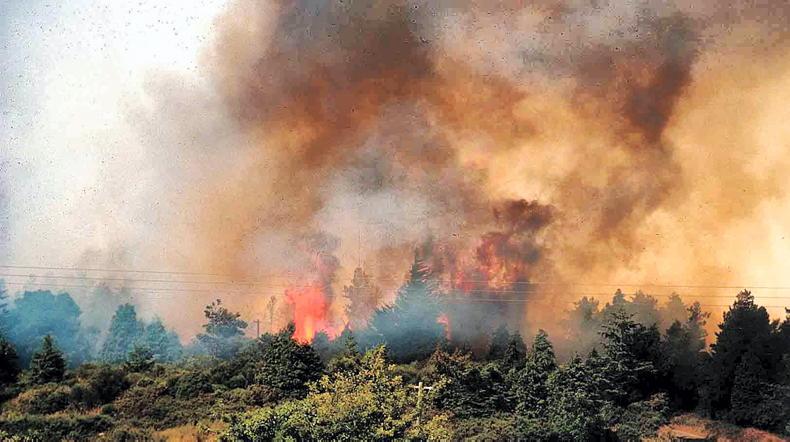
A webinar on 10 February will discuss forest fire prevention and control.
February is regarded as the beginning of the fire danger period – both forest and wildfires. The Irish Timber Growers Association (ITGA) has called on the public to help prevent damaging forest fires.
“We ask the public to report land fires to the fire brigade and relevant authorities,” says Donal Whelan, technical director ITGA. “The speed of response is critical.”
As part of its fire awareness programme, the ITGA has organised a webinar for February 10, which is free of charge. The timing is right because for the next few months, fire risk is high, as ground vegetation is dead and dry and many vegetation types will not green up until May.
“Several hundreds of hectares can be destroyed annually in Ireland, which has a devastating impact on biodiversity and wildlife,” says Whelan.
“It also represents a significant personal economic loss to those farmers and landowners who have planted woodlands, seriously impacting on their personal income with knock on effects for local communities.”
ITGA and forestry.ie, with the support of the Department and the Irish Farmers Journal are resuming their series of webinars, beginning with forest fire prevention and control. The speakers are:
Ciaran Nugent – regional forestry inspector with the Forest Service and a qualified wildland firefighter. He has completed fire management training in the US and Spain and is an EU designated national expert on forest fires and a member of the European Forest Fires Group.Anthony Tynan – senior assistant chief fire officer with Laois County Fire and Rescue Service, he is a qualified fire safety engineer. He has completed professional wildfire management training in Spain and has participated in fire management exchanges in Spain, Portugal, France and the UK.For registration, visit https://us02web.zoom.us/webinar/register/WN_kRe5EJRjRmelZi5tohLmeQ or search forestry.ie.
Alternatively, click on www.forestry.ie/insights to register.
Irish Forest Owners webinars
Irish Forest Owners, in collaboration with the Society of Irish Foresters and the Department of Agriculture, Food and the Marine, continue their weekly webinars over the coming months. Titled Forestry Solutions, the webinars address a wide range of forestry subjects.
On February 3, the topic will be Integrated Forestry. Speakers include: Ted Wilson, UCD Research, Liam Byrne and Manus Crowley, Pro-Silva, and Robert Windle, Forest Service. Chaired by Olive Leavy, the speakers will discuss the delivery of a continuous cover forestry management system to include site-specifics and long-term plans. The following webinars will take place during February and March:
Species selection, alternatives – 10 February 2022. Subject is matching species to sites, alternative species selection and nursery stock availability.European Forest Research – 17 February 2022. Speakers will discuss European forest research institutions and their role in opening opportunities for more sustainable silvicultural methods and more diverse forest products.Forest certification – 24 February 2022. Speakers will address the practicalities of certification and will examine a case study.Carbon sequestration – 3 March 2022. Panel will assess carbon sequestration in forestry.The webinars begin at 7pm and are free of charge. Register at www.irishforestowners.com.
Roundwood imports amounted to 222,000t last year compared with 126,000t the previous year, according to a Department of Agriculture, Food and the Marine spokesperson. “Approximately 53,000t of roundwood – primarily pulpwood – were exported to Britain in 2021,” she said.
“There has been a significant decrease in Scottish log imports in the last three months of 2021, due to the increased availability of licensed material in Ireland.”
These figures were also quoted by Minister Charlie McConalogue in a reply to Deputy Éamon Ó Cuív during Dáil questions last December.
Imports
A sawmill spokesperson agreed that log imports had decreased towards the end of 2021, but wouldn’t accept the reason advanced by the Department.
“There were a number of reasons for the decrease in log imports,” he said.
“The lack of felling licences during the first half of last year resulted in high domestic prices for logs and end product, as well as a scarce supply of home-grown timber for the domestic construction market.”
As a result, many Irish builder providers began importing Swedish sawn timber, he maintained.
“The Irish market was attractive to Swedish exporters as their lucrative US market had cooled last year. By the final quarter of 2021, Irish sawmills had reduced their log intake and were struggling to regain domestic market share, which is the main reason for the dramatic fall in log imports from Scotland,” the spokesperson said.
Logs processed
When asked about annual logs processed in Ireland, the Department spokesperson said figures were not yet available for last year.
“According to the CSO, approximately 4m tonnes of roundwood were processed by Irish sawmills and panelwood plants in 2020, so imported Scottish timber represents approximately 3% of this,” she said.
“The overall percentage provided by the Department is a misreading of the timber processing sector,” the sawmill spokesperson said.
We still need more licences, especially for the private sector
“Imported large logs are processed for the construction, packaging and fencing markets, so represent a much higher proportion of sawmill requirements than 3%.”
When asked if he accepted that increased felling licences had made a positive impact on supply he said: “We still need more licences, especially for the private sector, but I think it’s fair to say that sawmills are in a better place now compared with this time last year.”
Analysis
The CSO and Department data highlights the need for a comprehensive overview of wood processing in Ireland, which hasn’t been carried out since 2018. The sawmillers’ annoyance with the Department’s and the minister’s analysis could be avoided if such a review was available.
Without this data, it is difficult to quantify the sawmillers’ share of the 4m tonnes, which converts to approximately 4.4m m3 based on a multiplier of 1.1 to convert weight to volume. Figures provided by the Department and the CSO are in weight (tonnes), while the forestry and forest products sector use volume (m3).
Based on data acquired from sawmills by the Irish Farmers Journal and forestry companies, it is likely that sawmills process in the region of 2.46m m3 (2.23m tonnes) of sawlog material sourced from Coillte, private growers and imports. On this basis, the 0.24m m3 (0.22m tonnes) of imported sawlog is 10% of the sawmills’ requirements.
The remaining balance of 1.94m m3 (1.77m tonnes) is processed for wood-based panels, round stakes, energy, horticulture and other uses.
This balance is much higher than previous years if the total volume processed is 4.4m m3.
It is essential that COFORD carry out a comprehensive overview of wood processing in Ireland, so that the industry can track annual performance with timber forecasts.
The forecast for this year is 4.5m m3, comprising 2.8m m3 logs from Coillte and 1.7m m3 from private growers. This increases to 5.1m m3 in 2023 with 2.4m m3 forecast from private forest owners, while Coillte’s production remains at 2022 levels.
ITGA webinar on forest fire prevention

A webinar on 10 February will discuss forest fire prevention and control.
February is regarded as the beginning of the fire danger period – both forest and wildfires. The Irish Timber Growers Association (ITGA) has called on the public to help prevent damaging forest fires.
“We ask the public to report land fires to the fire brigade and relevant authorities,” says Donal Whelan, technical director ITGA. “The speed of response is critical.”
As part of its fire awareness programme, the ITGA has organised a webinar for February 10, which is free of charge. The timing is right because for the next few months, fire risk is high, as ground vegetation is dead and dry and many vegetation types will not green up until May.
“Several hundreds of hectares can be destroyed annually in Ireland, which has a devastating impact on biodiversity and wildlife,” says Whelan.
“It also represents a significant personal economic loss to those farmers and landowners who have planted woodlands, seriously impacting on their personal income with knock on effects for local communities.”
ITGA and forestry.ie, with the support of the Department and the Irish Farmers Journal are resuming their series of webinars, beginning with forest fire prevention and control. The speakers are:
Ciaran Nugent – regional forestry inspector with the Forest Service and a qualified wildland firefighter. He has completed fire management training in the US and Spain and is an EU designated national expert on forest fires and a member of the European Forest Fires Group.Anthony Tynan – senior assistant chief fire officer with Laois County Fire and Rescue Service, he is a qualified fire safety engineer. He has completed professional wildfire management training in Spain and has participated in fire management exchanges in Spain, Portugal, France and the UK.For registration, visit https://us02web.zoom.us/webinar/register/WN_kRe5EJRjRmelZi5tohLmeQ or search forestry.ie.
Alternatively, click on www.forestry.ie/insights to register.
Irish Forest Owners webinars
Irish Forest Owners, in collaboration with the Society of Irish Foresters and the Department of Agriculture, Food and the Marine, continue their weekly webinars over the coming months. Titled Forestry Solutions, the webinars address a wide range of forestry subjects.
On February 3, the topic will be Integrated Forestry. Speakers include: Ted Wilson, UCD Research, Liam Byrne and Manus Crowley, Pro-Silva, and Robert Windle, Forest Service. Chaired by Olive Leavy, the speakers will discuss the delivery of a continuous cover forestry management system to include site-specifics and long-term plans. The following webinars will take place during February and March:
Species selection, alternatives – 10 February 2022. Subject is matching species to sites, alternative species selection and nursery stock availability.European Forest Research – 17 February 2022. Speakers will discuss European forest research institutions and their role in opening opportunities for more sustainable silvicultural methods and more diverse forest products.Forest certification – 24 February 2022. Speakers will address the practicalities of certification and will examine a case study.Carbon sequestration – 3 March 2022. Panel will assess carbon sequestration in forestry.The webinars begin at 7pm and are free of charge. Register at www.irishforestowners.com.






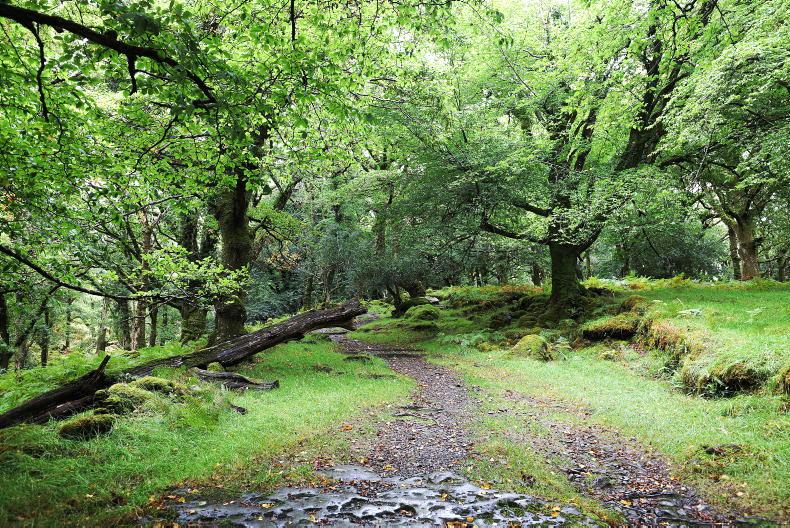
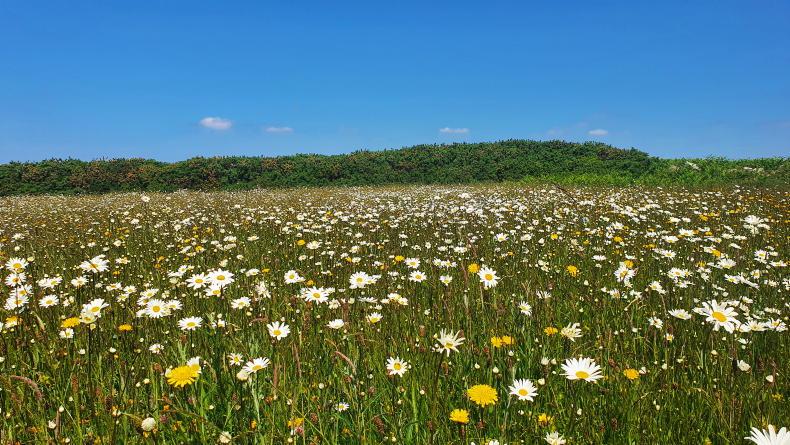
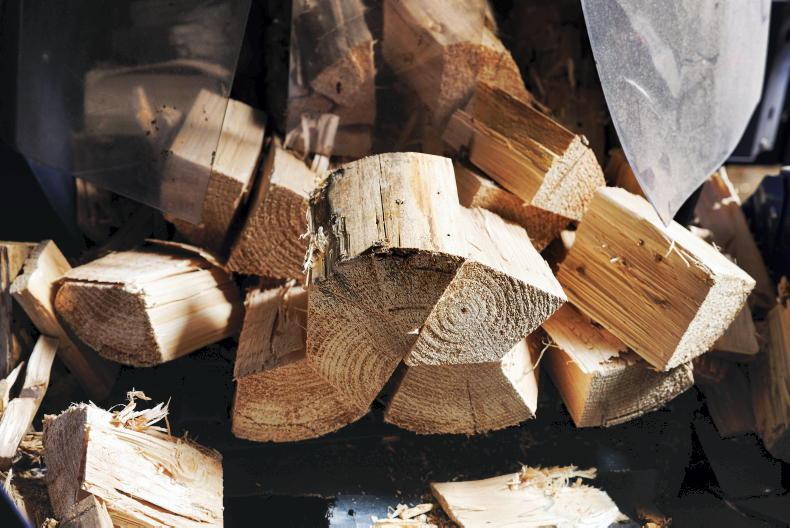
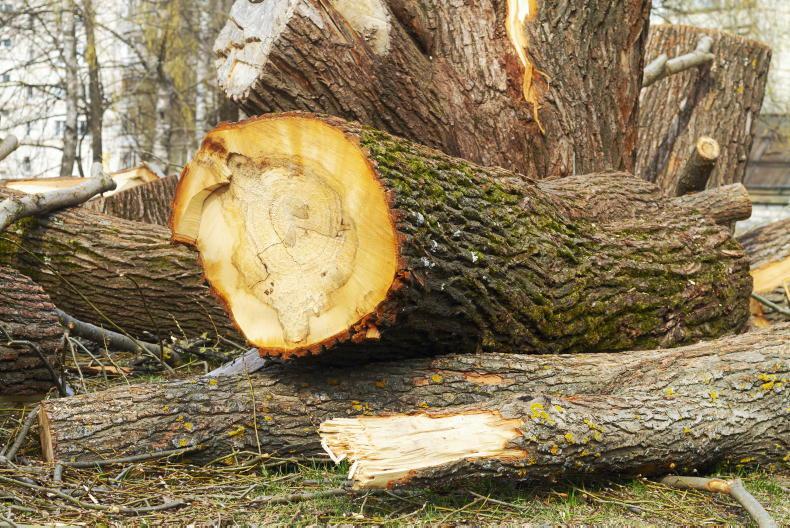
SHARING OPTIONS